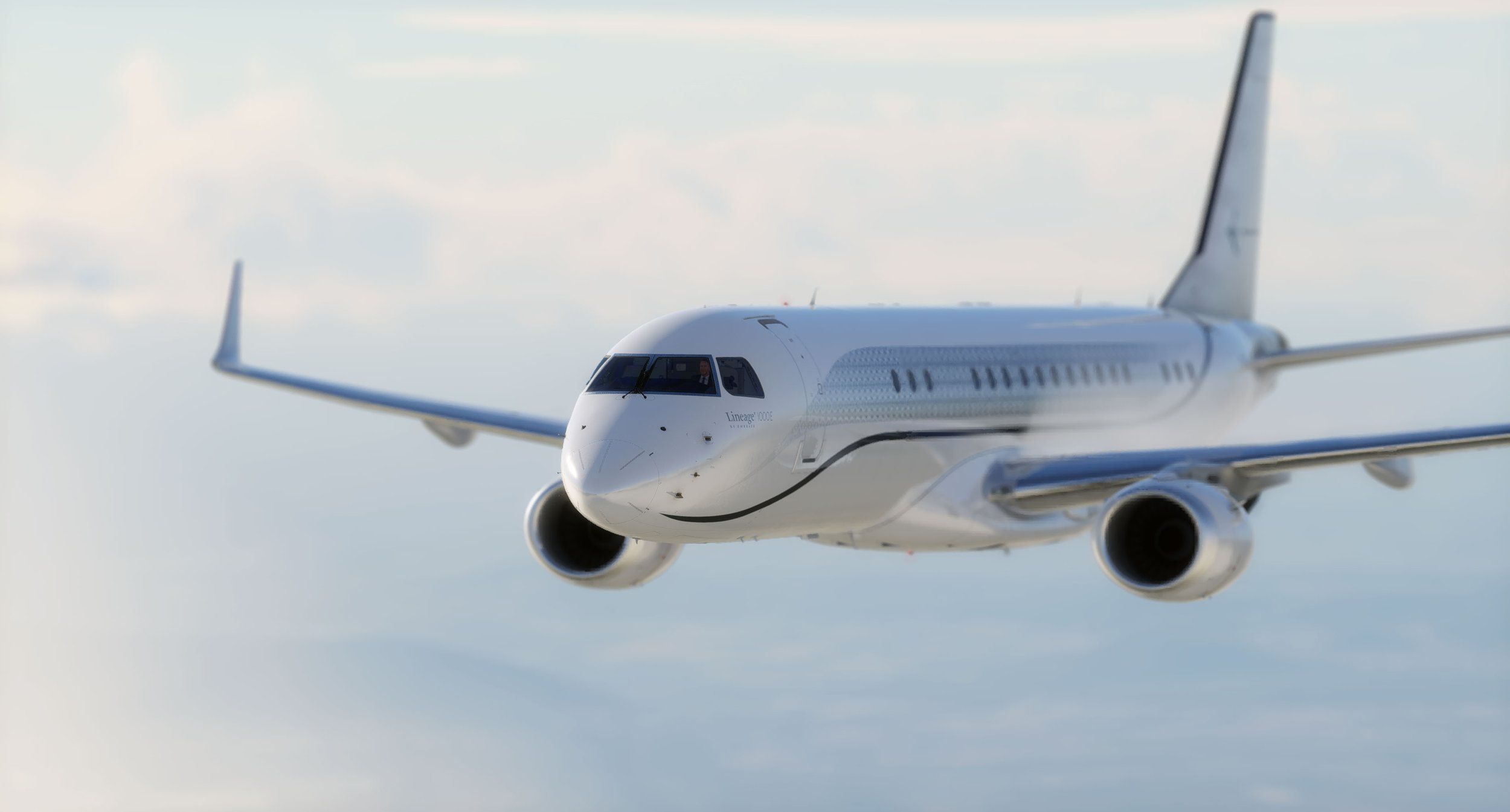
European Events
List of regional jets: Types, manufacturers and market overview
Published Friday, July 18, 2025
Regional jets have revolutionized short-haul air travel, offering airlines flexibility and efficiency on lower-demand routes. These nimble aircraft, typically seating fewer than 100 passengers, have become a mainstay of the hub-and-spoke model. From the pioneering Sud Aviation Caravelle in the 1950s to today's advanced Embraer E-Jets, we trace the evolution of these compact workhorses that keep smaller communities connected to the global air transport network.
Summary:
- Definition and characteristics of regional jets
- Major regional jet manufacturers and models
Definition and characteristics of regional jets
Passenger capacity and cabin configuration
Regional jets typically seat between 50 to 100 passengers, allowing airlines to efficiently serve lower-demand routes. The cabin layouts can vary depending on the specific model and airline configuration:
• 2x2 seating: Many regional jets, like the Embraer ERJ and early Bombardier CRJ series, feature a comfortable 2x2 seating arrangement. This four-abreast layout provides every passenger with either a window or aisle seat.
• 1x2 seating: Some smaller regional jets, particularly in the 50-seat range, may opt for an asymmetrical 1x2 seating layout. This allows for a slightly wider aisle or more spacious seats on one side.
• Dual-class cabins: To cater to business travelers, some airlines configure their regional jets with a small business class cabin. This may feature 1x1 seating or a 2x1 layout with the middle seat blocked for extra space.
• Single-class high-density: Low-cost carriers or airlines maximizing capacity on high-demand routes might choose a single-class, high-density layout. This could involve a 2x3 seating arrangement on larger regional jets, with a tighter 29-31" seat pitch.
Range and operating capabilities
Regional jets typically have a range of 1,000 to 3,000 km, allowing them to efficiently connect cities within the same region. This makes them ideal for short-haul flights where larger jets would have too much capacity.
These nimble aircraft can also operate from smaller airports with shorter runways that may not accommodate larger planes. This flexibility enables airlines to serve a wider network of communities, providing vital links for business and leisure travelers alike.
Major regional jet manufacturers and models
Embraer E-Jet and E2 families
The Embraer E-Jet family, launched in 1999, has become one of the most successful regional jet programs. The original E-170, E-175, E-190 and E-195 models offer seating capacities from 66 to 124 passengers. These efficient, versatile twinjets opened up new route opportunities for regional airlines.
Building on the E-Jet's success, Embraer launched the updated E2 series in 2013. The E175-E2, E190-E2 and E195-E2 feature new wings, full fly-by-wire controls, and Pratt & Whitney PW1700G/PW1900G geared turbofans. These enhancements boost fuel efficiency and payload capability while reducing maintenance costs. The E190-E2 and E195-E2 entered service in 2018 and 2019 respectively, with the E175-E2 to follow.

Bombardier CRJ Series
The Bombardier CRJ series, which stands for Canadair Regional Jet, has become one of the most widely used families of regional jets worldwide. The line-up includes:
• CRJ100/200: The 50-seat models that launched the series in 1992, powered by two General Electric CF34 turbofans. Over 1000 were produced until 2006.
• CRJ700/900/1000: Stretched variants seating 66-104 passengers, introduced from 2001. These feature a longer fuselage, larger wings and more powerful GE CF34 engines. Over 800 have been built to date.
• CRJ550: A 50-seat model launched in 2019, based on the CRJ700 but recertified with reduced capacity and lower takeoff weight to meet airline scope clauses.
With their combination of 50-100 seat capacity, 1,000-2,000 km range, and low operating costs, CRJs have enabled airlines to profitably serve thinner regional routes, often replacing turboprops. They have also been used to boost frequency and open new direct city pairs in hub-and-spoke networks. With over 1900 delivered, the CRJ has proven to be a versatile workhorse of regional fleets around the globe.

Other manufacturers and models
Beyond the well-known Embraer and Bombardier regional jets, several other manufacturers offer compelling options in this market segment:
• Sukhoi Superjet 100: This Russian-built 87-108 seat twinjet, powered by PowerJet SaM146 engines, entered service in 2011. With over 150 delivered so far, it provides a modern and efficient choice for regional routes.
• Comac ARJ21: China's first domestically developed jetliner, the 78-90 seat ARJ21 made its commercial debut in 2016. Featuring a supercritical wing designed by Antonov and GE CF34 engines, around a dozen are now flying with Chinese airlines.
• Mitsubishi SpaceJet: Formerly known as the MRJ, this Japanese entrant is set to shake up the regional market. Offered in 76-92 seat configurations with Pratt & Whitney PW1200G geared turbofans, deliveries of this advanced type are slated to begin in the early 2020s.
• Antonov An-148/158: Designed and built in Ukraine, the An-148 seats 68-85 and the stretched An-158 ups this to 99. Around 50 of these regional jets, featuring D-436 turbofans, have been produced since 2009, operating primarily in the CIS market.
Regional jets have played a vital role in connecting smaller communities to the global air travel network. From the pioneering Caravelle to today's advanced Embraer E-Jets and Airbus A220, these nimble aircraft have evolved to offer airlines greater efficiency, flexibility, and passenger comfort on short-haul routes. As the aviation industry continues to grow and adapt, regional jets will undoubtedly remain essential tools for airlines looking to optimize their networks and open new markets. For business travelers seeking convenient, time-saving options, the availability of regional jet service can make all the difference in reaching clients and closing deals efficiently.
Book a private flight
With Orizair, discover hundreds of available flights to reach your destination the green way.
Find your destinationAt Orizair, we integrate sustainability into private aviation by automatically offsetting the carbon emissions of every flight and collaborating with committed partners like Treesition. Discover our commitment.